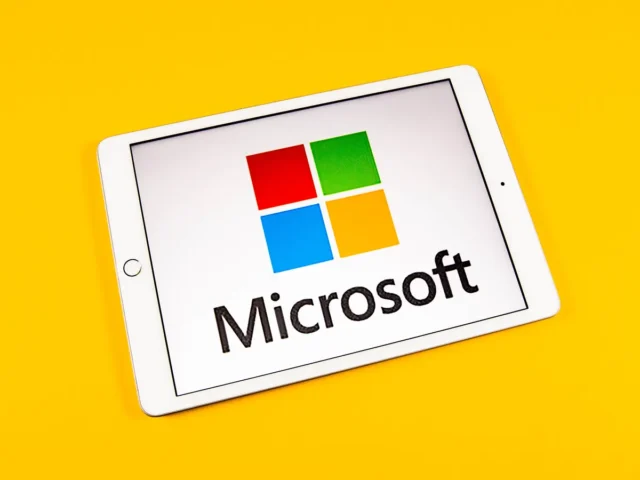
Microsoft has recently implemented a new round of layoffs, as it continues its efforts to optimize its workforce and prepare for future growth. While the specific number of affected employees has not been disclosed, it is evident that the reduction spans multiple teams and geographic locations. Various professionals from the impacted departments have shared their experiences on LinkedIn, revealing that the layoffs included positions in both product and program management, as highlighted in a Geekwire report.
A spokesperson for Microsoft described these actions as routine “organizational and workforce adjustments,” essential for the efficient management of the company. Microsoft aims to continue focusing on areas of strategic importance to foster future growth and better serve its customers and partners.
The timing of these layoffs coincides with the end of Microsoft’s fiscal year 2024, which concluded on June 30. The company traditionally evaluates its organizational structure at this time, which can lead to job reductions. For instance, just last month, around 1,000 positions were cut across several departments, including the Azure cloud division and the HoloLens mixed-reality team.
Earlier in the year, in January, Microsoft had already reduced its workforce by nearly 2,000 employees, primarily in the gaming division. This move followed shortly after the company finalized its acquisition of Activision Blizzard for approximately ₹5,35,800 crores (US$69 billion), marking the largest purchase in Microsoft’s history.
These layoffs are part of a broader strategy by Microsoft to maintain profitability while managing increased capital investments required for expanding its cloud infrastructure. This infrastructure supports the AI models that are becoming increasingly integral to Microsoft’s offerings. Despite a surge in employee numbers during the COVID-19 pandemic, the company’s workforce has normalized to about 227,000 people worldwide by the end of 2023, a slight decrease from the previous year.
The trend of layoffs is not unique to Microsoft but is widespread across the tech industry. This year alone, over 100,000 tech workers have been laid off, as reported by Layoffs.fyi, with last year’s total exceeding 260,000.
By aligning its operational strategies with the evolving demands of the tech landscape, Microsoft is positioning itself for long-term success. These difficult decisions are geared towards balancing growth with profitability, as the company invests in key areas like AI and cloud computing.


















